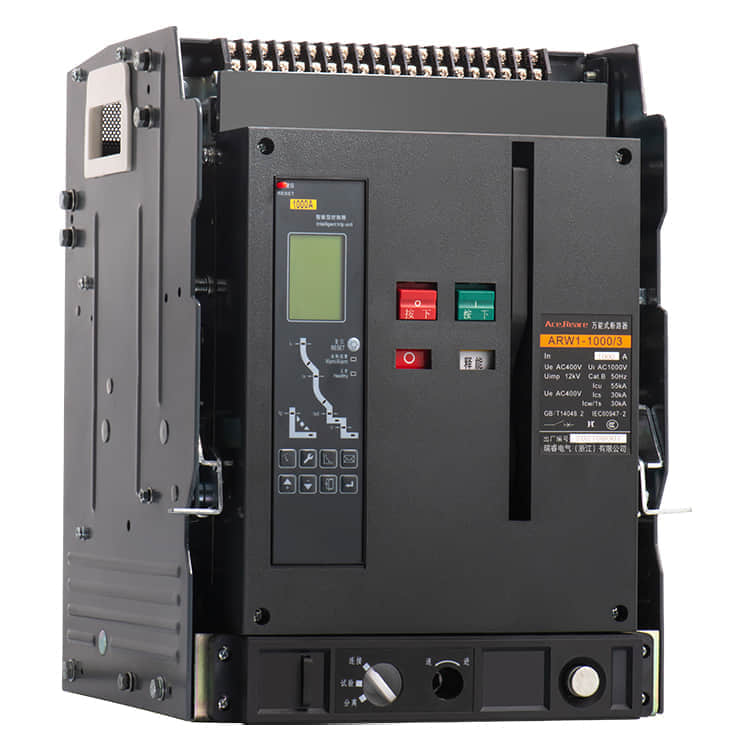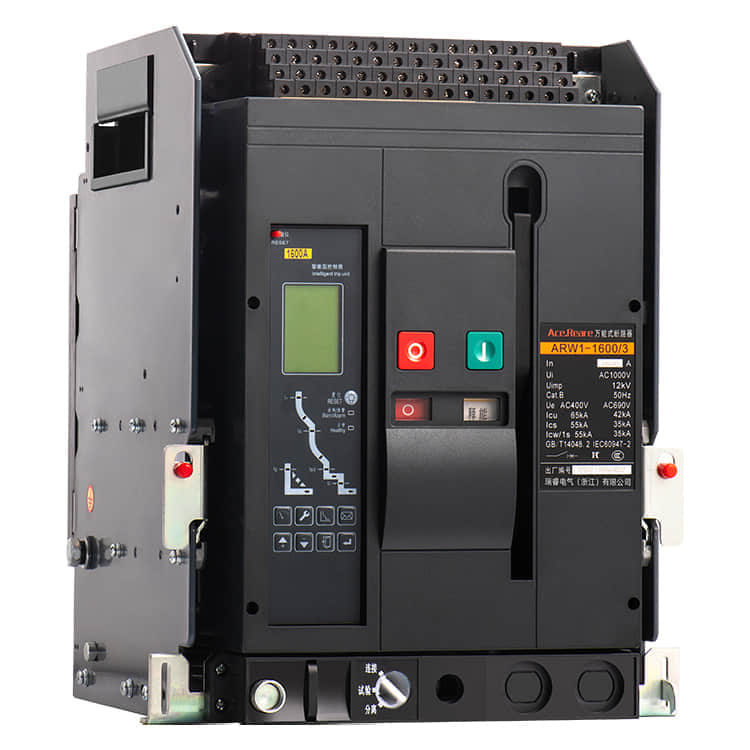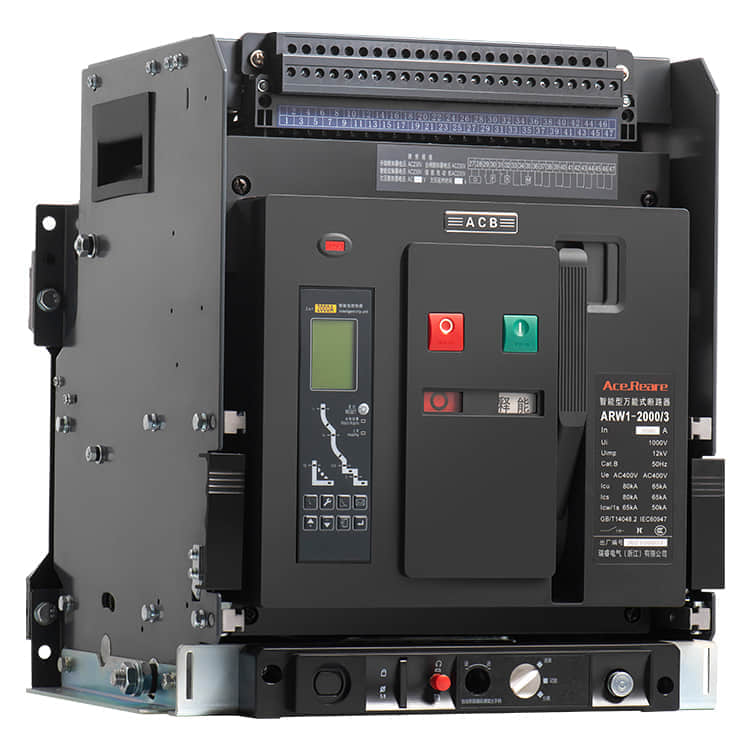In the realm of electrical engineering, ACB breakers (Air Circuit Breakers) stand as a vital component in ensuring the safety and reliability of electrical systems. These sophisticated devices play a crucial role in safeguarding equipment and personnel from potential electrical hazards by interrupting excessive currents. This article delves into the intricacies of ACB breakers, shedding light on their functionalities, advancements, and importance in modern electrical systems.

The Fundamentals of ACB Breakers

ACB breakers are designed to break electrical circuits and halt the flow of current in the event of overloads, short circuits, or other electrical faults. Unlike their counterparts, such as MCBs (Miniature Circuit Breakers) or MCCBs (Molded Case Circuit Breakers), ACB breakers are engineered to handle higher current capacities and are suitable for applications demanding greater levels of protection. These breakers are widely used in industrial settings, power distribution centers, and commercial buildings, where the electrical load can be substantial. Functionality and Features ACB breakers incorporate advanced technologies to ensure efficient and reliable operation. The core functionality involves detecting abnormal current levels and responding swiftly to prevent damage to equipment and mitigate the risk of electrical fires. When an overcurrent or short circuit occurs, the breaker’s trip unit activates, initiating the interruption of current flow. One of the significant advantages of ACB breakers is their adjustable tripping settings. This feature allows engineers to tailor the breaker’s response to specific system requirements. Thermal-magnetic trip units are commonly employed, with thermal elements protecting against sustained overloads and magnetic elements addressing short-circuit events. Additionally, modern ACB breakers often come with digital trip units that offer enhanced precision, communication capabilities, and the ability to log operational data. Advancements in ACB Breakers Over the years, ACB breakers have evolved considerably, incorporating advancements that have improved their performance and reliability. One notable enhancement is the integration of digital technologies. Intelligent trip units with microprocessors provide advanced protection algorithms and communication interfaces. This enables real-time monitoring, remote operation, and the ability to gather valuable data for analysis, contributing to predictive maintenance strategies. Furthermore, the materials used in ACB breaker construction have evolved to enhance durability and safety. Advanced insulation materials contribute to increased protection against electrical arcing, which can occur during circuit interruptions. This ensures a longer operational lifespan for the breaker while maintaining high levels of safety. Importance in Modern Electrical Systems In the modern landscape, where power demands are growing and electrical systems are becoming increasingly complex, ACB breakers play a pivotal role. They act as the first line of defense against electrical faults, preventing catastrophic consequences such as equipment damage, financial losses, and even endangerment of human lives. Moreover, their adaptability to varying current levels and their remote control capabilities make them an integral part of smart grids and automated systems. Conclusion In conclusion, ACB breakers stand as a cornerstone of electrical safety and reliability. With their advanced functionalities, adjustable settings, and integration of digital technologies, they have evolved to meet the demands of modern electrical systems. As industries and technologies continue to advance, ACB breakers will remain a crucial component, ensuring the seamless and secure operation of a wide array of applications.
